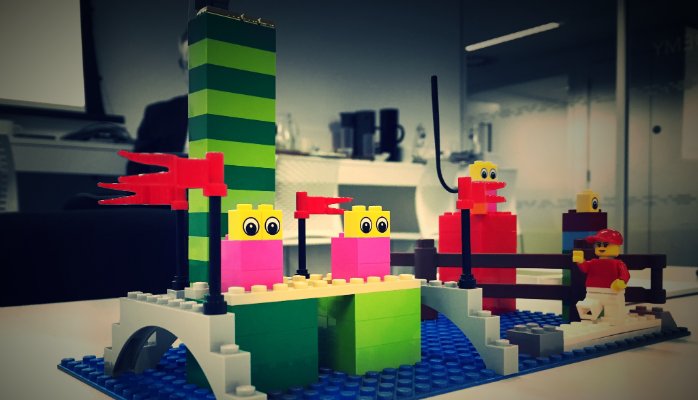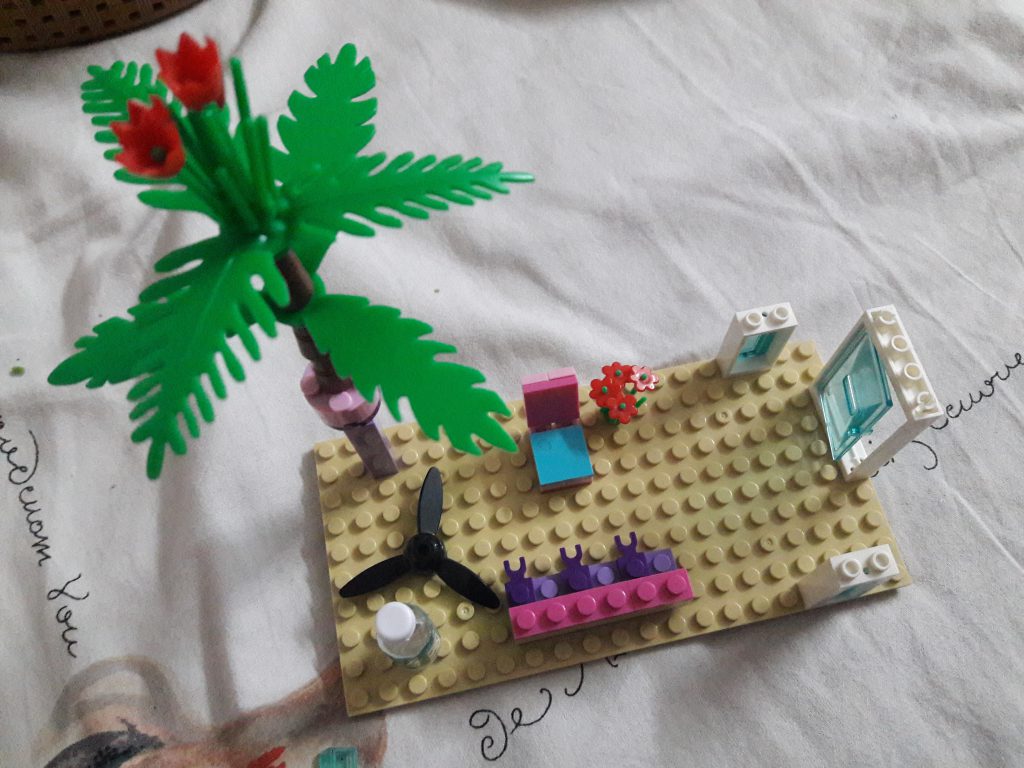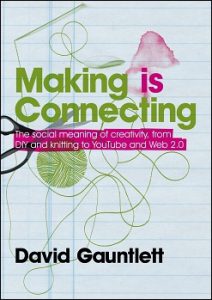The previous version of this post appeared via LinkedIn Pulse.
There was a really interesting piece in the Economist this week (‘The Collaboration Curse; The fashion for making employees collaborate has gone too far’’) about the balance that companies need to strike between encouraging employees to collaborate and enabling them to concentrate; and it got me thinking – as many things do these days – about Lego.
The Economist’s argument (backed up as ever by lots of emerging research) is that, while collaboration is useful it has gone too far with large, noisy open plan offices, constant interruptions and distractions in the form of email, collaborative tools like Slack and Chatter and too many meetings, making deep concentration and thinking ‘difficult, if not impossible’ and driving large – and largely hidden – costs in lost efficiency and effectiveness. ‘Deep work’ (a term coined by Cal Newport of Georgetown University) is, it says, “the killer app of the knowledge economy: it is only by concentrating intensely that you can master a difficult discipline or solve a demanding problem” and companies have been naïve in over-doing the focus on collaboration.
It’s hard to argue with this analysis, especially in the world of digital which relies on so many evolving ideas, skills, business models and ways of working.
Yet in a world where things are so highly complex and rapidly changing, it’s vital that teams are completely aware of what each other is doing – communication and collaboration, as well as individuals taking individual responsibility for their work, are needed to ensure that activities are properly aligned, everyone pulling in the same direction. It’s really hard to do – and perhaps that’s one reason why so much focus has been on collaboration: individual contributions are assumed; it’s a constantly connected team that can be aware of and adapt to changing circumstances that is often seen to be the key to unlocking value.
I see endless articles – many of them excellent – focused on helping individuals find techniques to increase their productivity in this environment (checking emails only at certain times; mindfulness tools for focus in a distracting environment; hiding in the local Starbucks). Most of them are about limiting the collaboration to enable focus.
But rather than limiting collaboration – treating the symptoms – could we instead focus on improving the process of collaboration – making it more purposeful, more effective, more focused?
Meetings, in particular, are a massive drain on resources. We’ve all been to too many meetings where there a several people around the table, one or two people dominating, some not contributing or actively on their phones/laptops/tablets doing email. Maybe 20% of the resource in the room actually being used and outcomes are at best vague.
This is where the Lego comes in – specifically the Lego® Serious Play® method which I’ve been increasingly using with clients.
With LSP, a facilitated thinking, communication and problem solving method, developed over the past 15 years, which uses metaphor to bring intangible ideas into the real world, meetings are carefully structured around a clear objective; everyone works individually first, building a model to respond to the challenge set by the facilitator; everyone then describes their work; and only then does discussion start.
The playful combination of using brain and hands unlocks knowledge and ideas in the individual; and the process gives an opportunity for individual concentration before sharing.
Everyone’s ideas are heard and, importantly, seen and examined – and when discussion happens around the ideas, it’s focused on physical models which everyone can see and point to and move around and – where appropriate – alter. Even typically introvert team members are more forthcoming as they have time to think and discussion is based around the models, not around the people.
It is hard not to stay deeply focused on the task – the whole group working together in a concentrated way – building a landscape of ideas or, where appropriate, negotiating a shared model out of their individual ideas. By the time the meeting is over, there is typically an unusually high commitment to its outcome and a much greater alignment of understanding.
I’ve found that meetings and workshops using the LSP method can achieve an enormous amount in terms of breakthrough thinking, alignment and shared understanding in a whole range of disciplines.
Maybe it’s time to ping a message to your colleagues, ask them to stop what they’re doing and let you know what they think.









 Become a LEGO Serious Play facilitator - check one of the upcoming training events!
Become a LEGO Serious Play facilitator - check one of the upcoming training events!